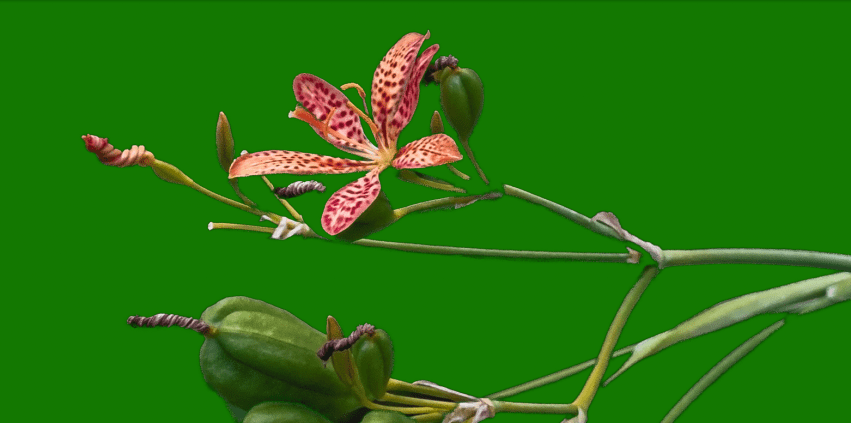From “Rudbeckia (Asteraceae)” in Garden Flora: The Natural and Cultural History of the Plants In Your Garden by Noel Kingsbury:
“The name [Rudbeckia] was bestowed by Linnaeus, in honor of his teacher at Uppsala University in Sweden, Olof Rudbeck the Younger, and his father, Olof Rudbeck the Elder. It is the dark centres to these golden-yellow daisies which draw us to them — hence, the common name black-eyed Susans (coneflower is another). There are 23 species, all rapidly growing herbaceous perennials and all native to North America, largely the midwestern and eastern U.S. states….
“Rudbeckias are generalists, growing in a wide range of both open and lightly shaded habitats, from virgin prairie to waste ground, but preferring moister and more fertile soils. Of the species in cultivation, Rudbeckia hirta and R. triloba are short-lived non-clonal perennials, often members of pioneer communities; the remainder are clonal and competitive, often strongly spreading, although not always persistent. Rudbeckias have had a minor role in Native American medicine, sometimes as a substitute for echinacea.”
Hello!
Last week I went hunting at Oakland Cemetery’s gardens for some of the tiny, colorful asters that I’ve previously photographed around this time of year (see, for example Autumn Asters (1 of 3), Autumn Asters (2 of 3), and Autumn Asters (3 of 3)). I was a little too early, as it turns out, finding only tiny buds not yet ready to open — but I did come across some substantial gatherings of the flowers featured in the images below. The first three photos will give you some idea of the flower volume: a bloom-forest teaming with moths, bees, and other wee pollinators bouncing among the “eyes” of these flowers.
Black-eyed Susans (Rudbeckia hirta) and Brown-eyed Susans (Rudbeckia triloba) are members of the Asteraceae family — so I guess I actually did find asters, just not the ones I was looking for. Wikipedia lists other common names for the plants, including Coneflower, Brown Betty, Gloriosa Daisy, Golden Jerusalem, English Bull’s Eye, Poor-Land Daisy, Yellow Daisy, and Yellow Ox-eye Daisy — and many of these names likely have some fun historical roots and local usages. I did asked one of the AI tools if the name “Susan” in “Black-eyed Susan” once referred to any specific person, and here’s what I sort-of learned from ClaudeAI:
There are a few theories about the origin of the “Susan” part of the name Black-eyed Susan, but unfortunately there is no definitive evidence pinpointing exactly who Susan refers to. Here are some of the main theories:
- One belief is that it was named after an English woman called Susan who frequently handed out flowers, including rudbeckias. This may explain the flower’s association with cheerfulness and hospitality.
- A common legend says it was named by European settlers for a native Algonquin woman who helped them learn wildflower names. This speaks to its native North American origins.
- Some think it may be biblical in origin and refer to Susanna from the Book of Daniel in the Old Testament.
- There are unverified references to individual women named Susan in colonial America for whom the flower was informally named.
- It may simply refer generically to the archetype of a strong, plainspoken woman, as Susan sometimes represented in folk culture.
Unfortunately there is no solid evidence for any of these possibilities over the others. The name was in use by the late 1700s, but the exact inspiration remains mysterious. So while the “Susan” in Black-eyed Susan is vivid, the specific person or meaning behind it has been lost to history.
It was an overcast day when I took these photos, which made the flowers glow against their dark green backgrounds, and the filtered light accentuated a color shift from yellow toward a more saturated orange. The “eyes” actually vary in color and include both black and dark brown, which helped me differentiate Black-eyed from Brown-eyed Susans. The brown eyes reflect more yellow or orange shades from the flower than the black ones, on which you may see bits of blue color along with the black.
Thanks for reading and taking a look!

























































































